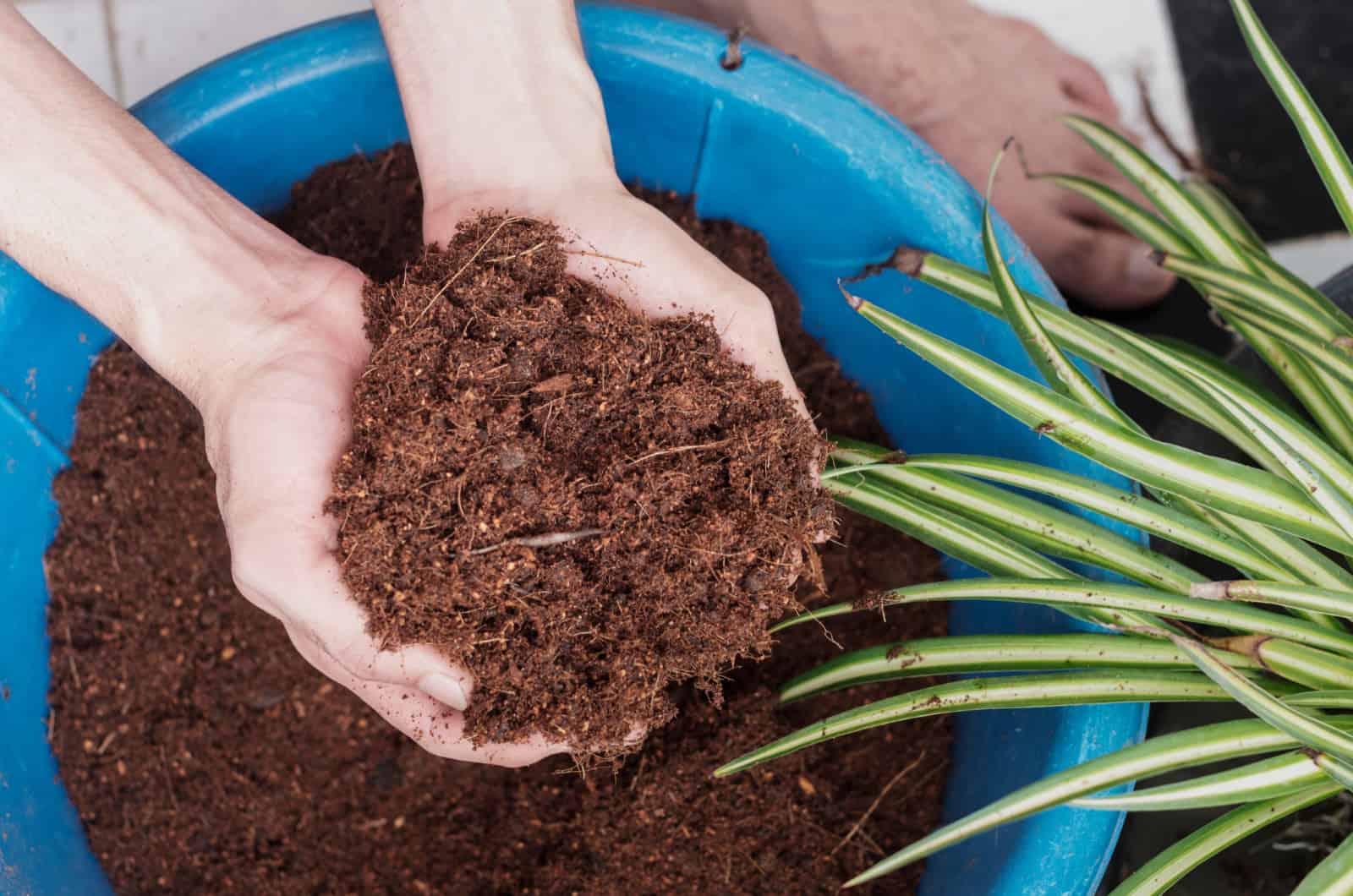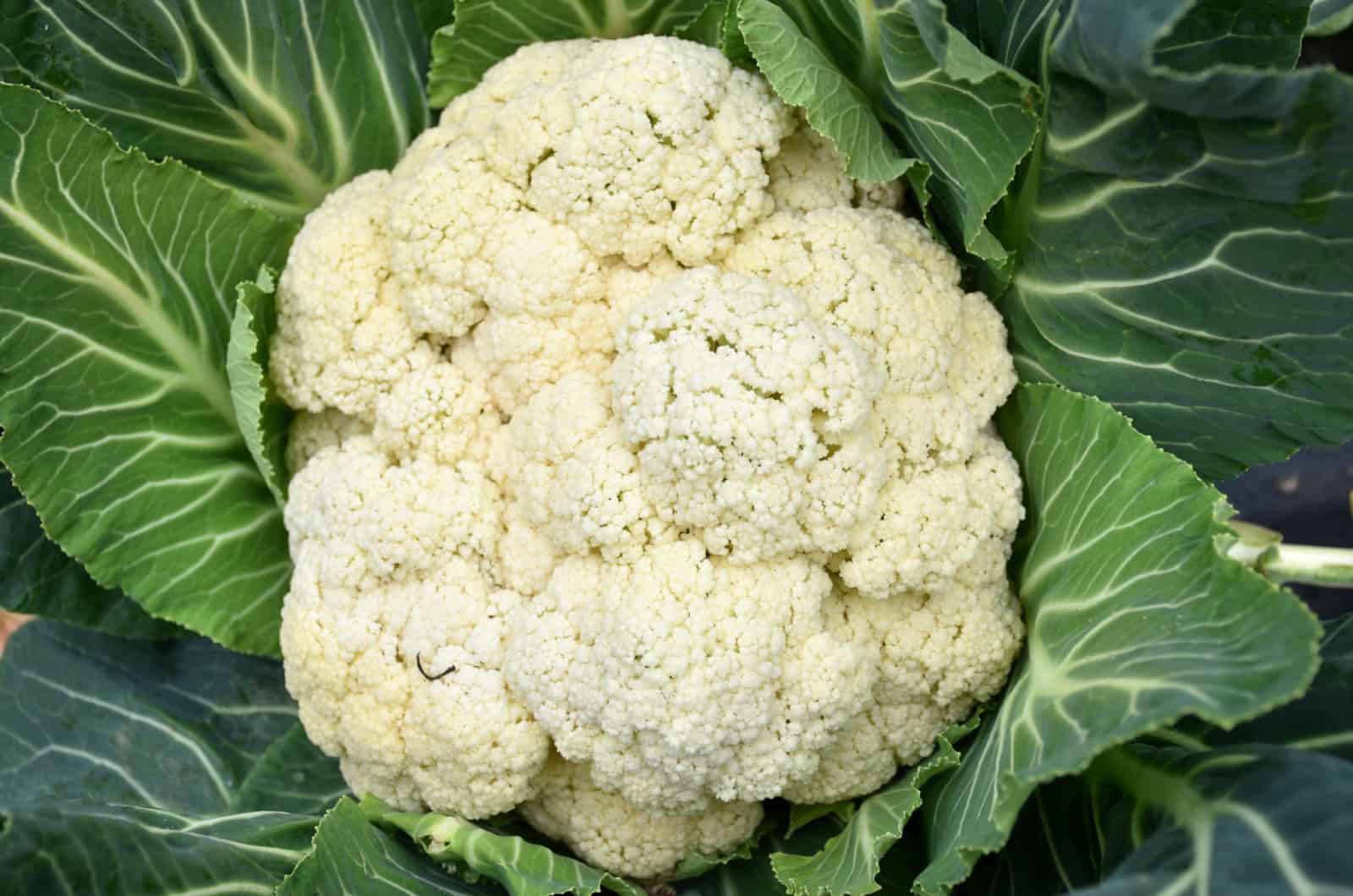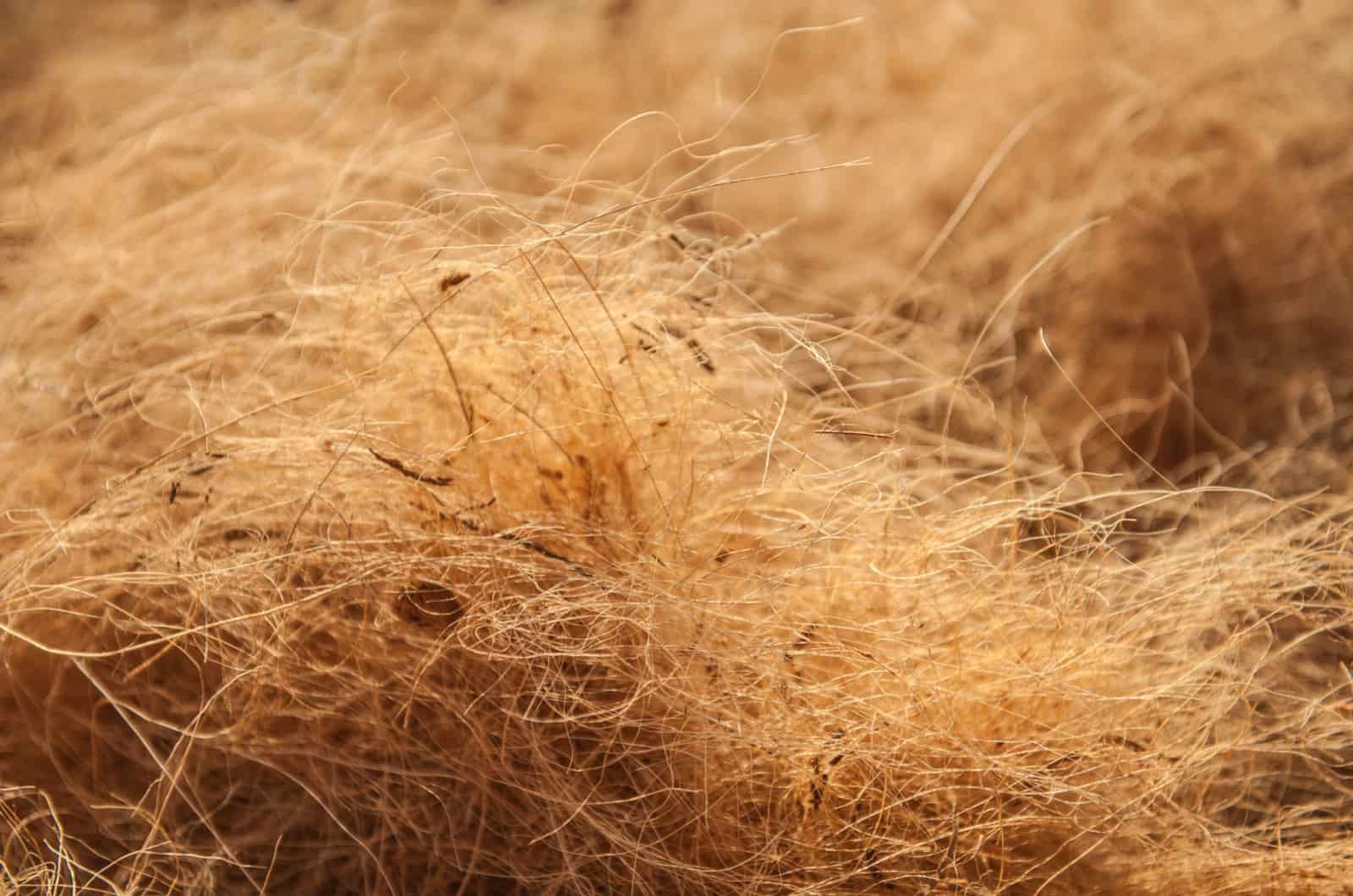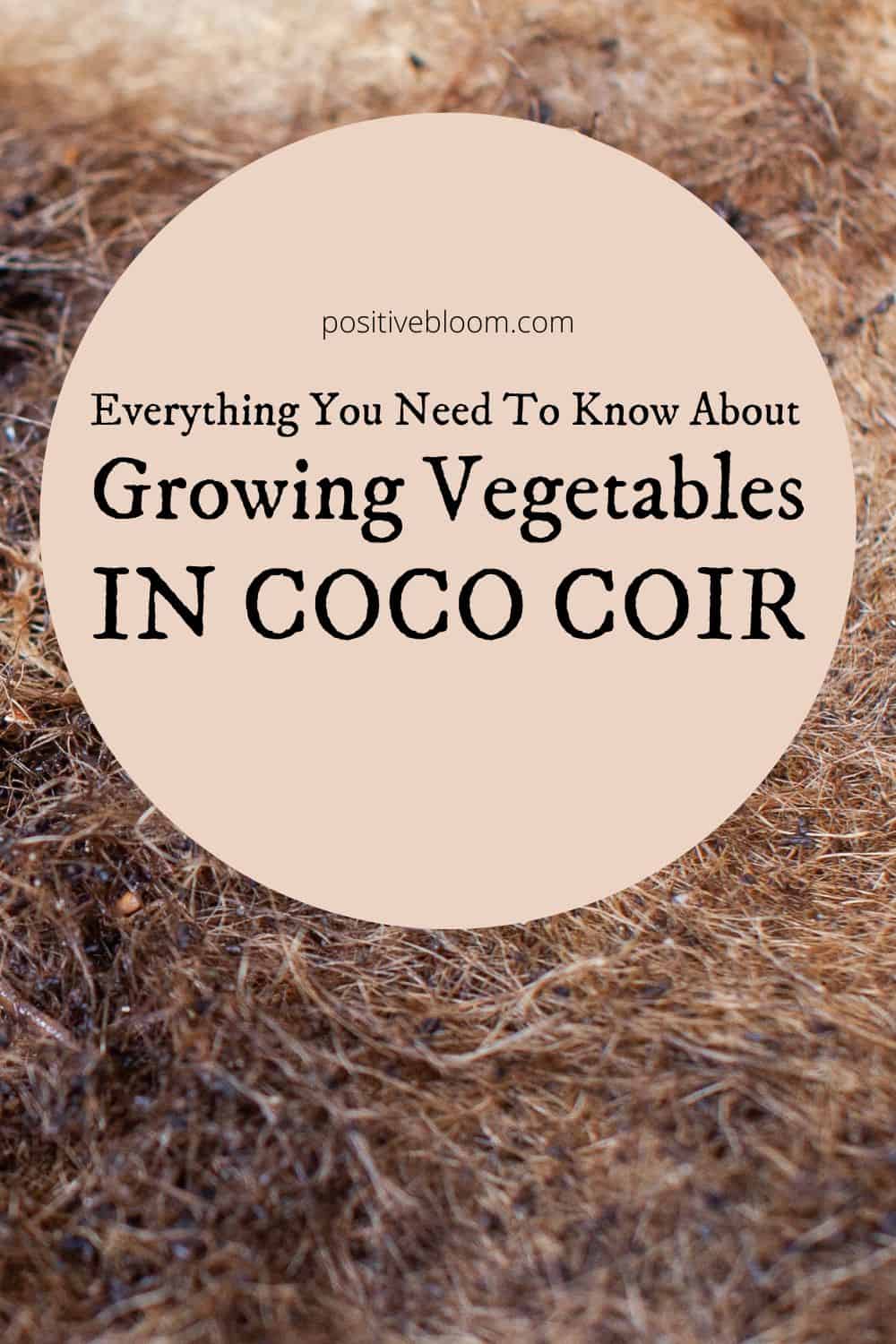Today, we’re going to talk about one of the newest and most innovative practices in gardening — growing vegetables in coco coir.
There have been numerous improvements in gardening in recent years, but the one that has been picked up the most is using coco coir instead of regular potting mixes or peat moss. Firstly, coco coir is far more sustainable and eco-friendly compared to peat moss, which can take hundreds of years to replenish.
Coco coir also encourages plant growth and germination, and it even improves the taste of the fruit. These are only a few of the benefits of coco coir; if you want to learn more, keep reading!
Growing Vegetables In Coco Coir
Let’s first learn more about coco coir, including what it’s made of and what some of its benefits are. We’ll then present you with a list of vegetables that can be grown in coco coir so you can try growing them yourself!
What Is Coco Coir?
Coconut coir is a by-product made of the inner fibers of coconut husk. This is a great alternative to peat moss, mainly because of its sustainability — one coconut tree can produce around 200 coconuts every year!
Basic types of coco coir include coco fibers, coco pith, and coco chips.
Coconut fibers improve aeration in the soil, while coco chips have excellent water retention properties.
Coco coir can also be in peat form. Although many people mistakenly believe that the terms coco coir and coco peat refer to the same material, they are not the same thing. Some of the differences include water absorption, pH value, nutritional content, and raw material.
Read also: Coco Peat vs Coco Coir: Differences And Similarities
The Benefits Of Coco Coir
Some of the benefits of coco coir include:
• Reusable
• Encourages seed germination
• Improves water absorption — provides immediate hydration
• Excellent fertilizers absorption — absorbs crucial nutrients such as Potassium, Phosphorus, and Nitrogen
• Improves soil drainage
• The pH levels — these can vary from slightly acidic to neutral, which makes it a great substrate for growing numerous types of veggies
• Fine aeration properties for plant roots
• Prevents root rot
• Does not contain any bacteria, weed seeds, or other pathogens — this soilless media has antifungal properties that suppress fungi and pathogens
• Great mulch alternative
• Supports worm castings development
Drawbacks Of Coco Coir
We have discussed the coco coir benefits, so let’s now look at some of its drawbacks:
• Not fully biodegradable — when taken to landfills, it would take a lot of time to fully break down
• Lack of nutrients
• Pricey compared to vermiculite or perlite
• The pH levels must be constantly monitored
What Vegetables Can You Grow In Coco Coir?
There are lots of veggies that can be grown in coco coir! The best use of coco coir is for growing vegetables in containers or starting seeds indoors. Many growers have started planting their seeds in coco coir and then transplanting the seedlings to other soil mixtures.
This is because coco coir retains just the right amount of water to encourage germination and make sure that further growth and development run smoothly.
Some of the vegetables that grow best in coco coir include onions, cauliflower, spinach, bok choy, tomatoes, cucumbers, herbs, kale, strawberries, Swiss chards, and many more!
However, I must tell you that this is a soft substrate, so planting climbing vegetables might require some extra effort when it comes to staking. One approach involves placing two larger, stronger poles on either side of the bed and connecting them with rope. If possible, use bamboo to save the environment. To “teach” your plants to climb vertically, you can attach threads to them from the rope.
How To Grow Vegetables In Coco Coir
You can use coco coir the same way you would use a regular growing medium like potting soil or compost. You can either use 100% coco coir or use it as an additive to potting mixtures.
When using just coco coir, the best method would be to use coco coir in hydroponics because of its moisture-retention and aeration properties.
Use a fine pith coco coir for constructing your own seed-starting mixture. You don’t need to water your seeds as frequently as you would with standard soil because coco can hold so much water. Because the water drains well, even if your soil feels dry on the surface, it may still be very wet an inch or two below the surface.
Coco coir does not have any nutritional value, so adding nutrients such as Potassium, Nitrogen, and Phosphorus is crucial. You can add plant food or organic fertilizer as you normally would, but keep in mind that coco coir has exceptional absorption properties, so there is a possibility that you might over-fertilize your veggies. Another practice is mixing equal parts coco coir and compost.
Keep on watering the plants as you normally would, just not as frequently, because coco coir can retain moisture longer.
Another use of coco coir is for repelling annoying pests and bugs. Fungus gnats won’t be able to bury themselves further into the soil to deposit their eggs if you cover the soil with a layer of coir fiber.
Read also: How To Get Rid Of Plant Flies: 8 Effective Methods
To Sum Up
Your vegetable garden will flourish if you decide to use coco coir as your potting substrate. While there are some drawbacks to using coco coir, there are also numerous benefits that will help you yield better crops.
Coco coir is eco-friendly and pathogen-resistant, can encourage seed germination, and ultimately improve the growth and development of your veggies. It also has excellent water retention and aeration properties.
Don’t forget to mix your coco coir with compost or add nutrients required for plant growth. Always make sure to research the plant you are growing so you know exactly what its requirements for growth are.
Until next time!
Like this post? Share or pin it for later!




